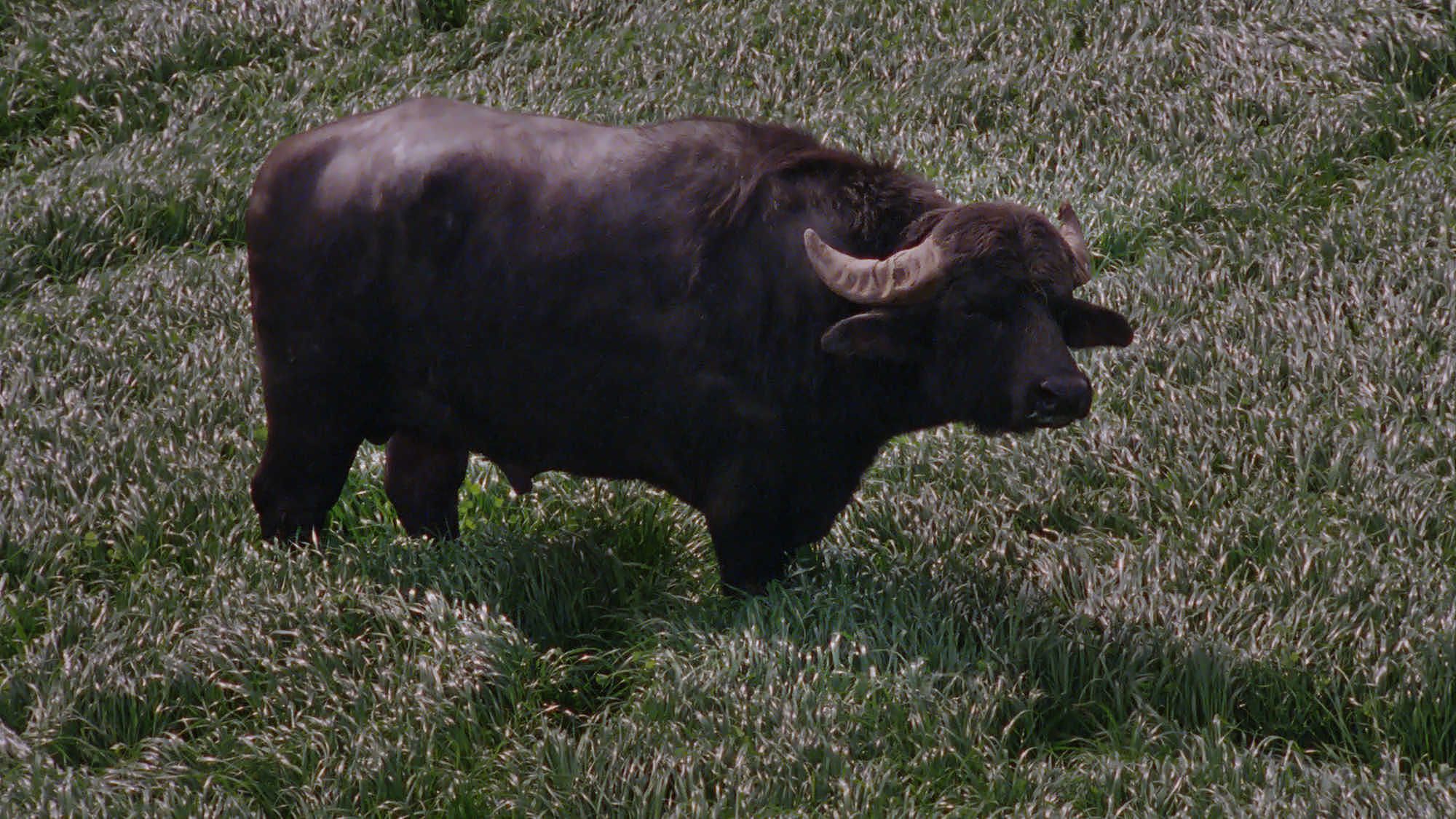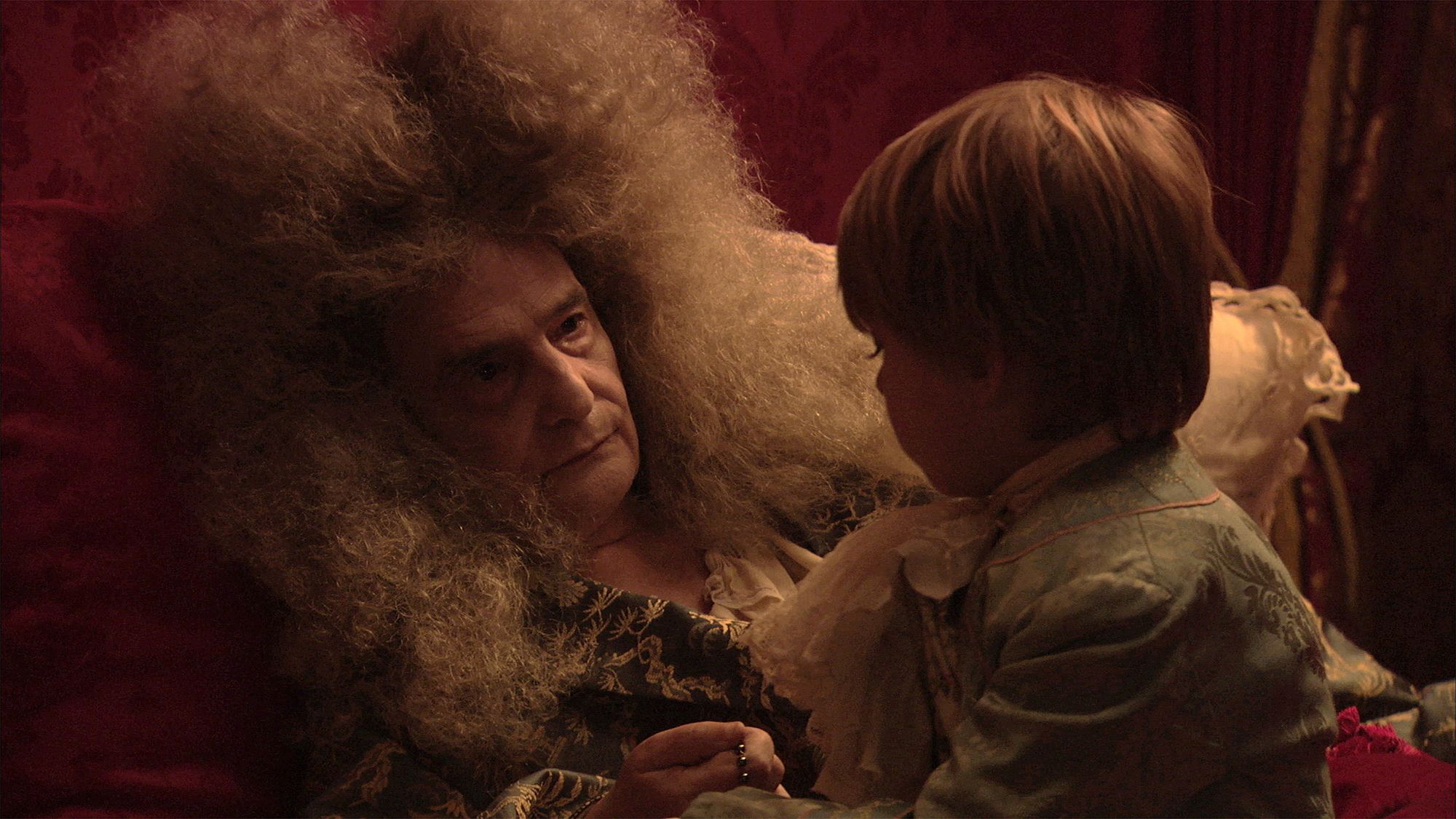The NZIFF in Brief: Strange histories, and a buffalo
Brannavan Gnanalingam on Certain Women, The Death of Louis XIV and Lost and Beautiful at the NZIFF.
Brannavan Gnanalingam on Certain Women, The Death of Louis XIV and Lost and Beautiful at the NZIFF.
Certain Women(Kelly Reichardt)
Kelly Reichardt’s films have always had a certain quietness to them, and it’s no surprise that she’d be attracted to the understated Montana author, Maile Meloy. In Certain Women, Reichardt adapts and intertwines three of Meloy’s short stories, all of which have a touch of unpredictability to them, which Reichardt captures in a gentle way. In one, a lawyer (Laura Dern) deals with a problem client: one who decides to take someone at his old work hostage in revenge. In another, a student accidentally goes to a legal class and become obsessed with her teacher (Kristen Stewart).
In each story, very little in terms of incident happens. Reichardt is a master of mood, though, and it’s the way she lets a story play out and her use of subtext that’s been the hallmark of her career. She also captures landscapes like few other American directors, and her characters are presented as insects in amongst the imposing landscape (here, it is the peaks and plains of Montana).
Certain Women doesn’t have the resonance of Reichardt at her best: In films like Wendy and Lucy and Meek’s Cutoff, Reichardt immerses the viewer, slowly and surely, into her world. In Certain Women, the three stories shift focus too quickly. This is at its most ineffective in the second story, involving a woman (Michelle Williams) trying to buy sandstone from a neighbour to build her new house. The characters and visual approach feel like an afterthought, and ultimately it stalls the film’s momentum. The story in which she creates the strongest rhythm through her editing and creates the most convincing world – the third story featuring the accidental legal class – is also the one that hits the hardest emotionally. But it’s over too soon, and it’s hard not to think that focusing on that one alone would have created a perfect Reichardt film.
The Death of Louis XIV(Albert Serra)
For a filmmaker who makes ‘historical’ films, Albert Serra rarely presents anything that resembles history. With previous subjects including the Three Wise Men bumbling through the desert and a shitting Casanova meeting Count Dracula, not only are his narratives ‘counter-historical’, his historical figures inhabit some strange filmic world in which time and space don’t exist.
That could simply be a euphemistic way of suggesting his films are boring, but it’s impossible for a viewer attuned to his pace not to take considerable pleasure. The Death of Louis XIV is a chamber piece where the Sun King (the great Jean-Pierre Léaud) slowly dies of gangrene. His doctors don’t know what to do, and the film plays on the tension between irrationality and rationality. Louis XIV’s life straddled between the end of the Renaissance and the Enlightenment, and the film suggests that in facing death, we’re likely to choose the irrational.
With Léaud, Serra uses a French film icon to perfect effect. Léaud’s film career matches both French art cinema’s and young post-World War II France’s trajectory. Léaud made his name as the rebellious Antoine Doinel in François Truffaut’s The Four Hundred Blows, a film which both kick-started the French New Wave and spoke to post-war / angst against the Algerian War. Léaud career followed trends in French cinema and post-war rebellion – the student protests of 1968 (Godard’s Masculin, Feminin and La Chinoise), the post-’68 hangover (Jacques Rivette’s Out 1 and Jean Eustache’s La Maman et la Putain) and as a seedy and entitled bourgeois-bohemian (Olivier Assayas’ Irma Vep). Serra uses Léaud’s history – including adopting the iconic final freeze-frame of The Four Hundred Blows – and kills him off.
A pessimistic reading would be one in which Serra suggests once and for all that by killing off one of its iconic stars, cinema is dead, and the post-war rebellion was all for naught. However, in choosing irrationality, Serra pointedly suggests that by breaking away from historical narratives – and in doing so, ignoring what to Serra are cinema’s ‘tedious’ obsessions with time and space – we can capture something that’s even more full of life.
Lost and Beautiful (Pietro Marcello)
In commedia dell’arte, Pulcinella is a big-nosed comic figure straddling between life and death. In Pietro Marcello’s dreamlike and haunting ‘documentary’ Lost and Beautiful a Pulcinella shows up in rural Campania after the death of the film’s ostensible subject, Tommaso Cestrone. The Pulcinella rescues an orphaned buffalo that Cestrone had originally rescued, and with the buffalo (which has now become the documentary’s talking protagonist), the two walk through a derelict Campania.
This tension between what is dying and what is allowed to live is played out through the buffalo. It’d be easy when your protagonist is a cute baby animal to settle for easy sentimentality. Marcello does not fall into that trap. The use of a buffalo has parallels to Robert Bresson’s Au Hasard Balthasar, where the protagonist was an ill-treated donkey. In that film, the donkey’s body becomes a site on which human cruelty and small-mindedness is most painfully felt, and in Lost and Beautiful the buffalo is treated with complete indifference. No-one really cares if it were to die, and if so, its life would have been for nothing. There’s an underlying wistfulness to the buffalo’s existence.
The Pulcinella suggests that a figure – or even a landscape or a people - that can talk to its past is best able to cope with the present. This is evident by the castle Cestrone was trying to preserve before he died, which has posthumously become a hit with the tourists. The film’s golden and fading light (reminiscent of the Macchiaioli, a 19th Century Proto-Impressionism movement from Florence ) suggests that death must continually be fought against. Somewhat pessimistically, towards the end, the Pulcinella removes his mask, and in the process, he loses his potency. He just wants to be one of the regular Italian folk that he meets and simply become nothing. Marcello can understand the Pulcinella’s motivations, but Marcello points devastatingly to the buffalo: the buffalo now simply has no choice but to shrug and accept that there’ll be no-one to remember him.




